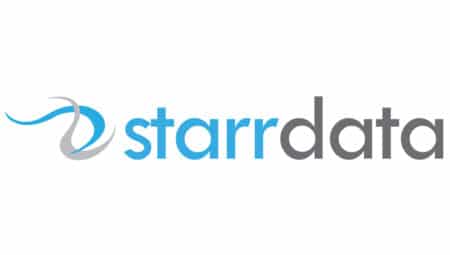When you first started using Salesforce, did you even realize how many reports you could pull from it? There are dozens, each customizable for your company and team. It’s impressive, but also a little overwhelming.
So let’s focus on the reports that are most helpful to a sales team leader. Here’s a breakdown of the most powerful ways you can use Salesforce reports.
Be a better coach
Which reps aren’t closing deals? Who leaves sales pending for weeks on end? Who’s spending too little time on high-revenue selling? Just like a pro football coach who uses stats to make better plays, you can use Salesforce to improve your strategy. A forecast dashboard is the place to start. Create forecasts by rep, team, and stage. This allows you to see who needs more training so you can step in and help quickly before it affects your month and year.
[sc name=”HubSpot CTA – 6 Salesforce Best Practices”]
Add ‘wow’ factor
Do everyone’s eyes glaze over when you try to share basic data with the team? If so, it’s time to make sure your reps are looking at the same charts and graphs you can see. Show them exactly where they stand on a customized dashboard with a colored progress bar. Salesforce has a whole list of quick charts and the best ways to use them. As silly as it sounds, a simple pie chart can be all it takes to grab their attention. A fresh view fosters fresh competition.
Gamify your sales
Another way to encourage healthy competition is to add some gamification to your reporting. Use a sales leaderboard as the basis for unusual head-to-head challenges. Recognize your top up seller, rep with most demos done, new revenue superstar, lost client rescuer. Your younger reps, in particular, are likely to respond well to game-style competitions, because they’ve been around online games their whole lives.
Improve accountability
Of course, some stats aren’t as much fun for games: most clients lost, lowest conversion rate, fewest new products sold. But these measures can be helpful for starting difficult conversations with your struggling team members. Use win/loss dashboard data to improve accountability and form the basis for performance reviews. You can also use it to point out errors that throw off the numbers, like forgetting to enter data and using the wrong codes.
Don’t leave money on the table
Although it’s frustrating to think about, every team has some forgotten clients sitting out there, waiting for a callback or a better pitch. How do you know who they are, and which salesperson is neglecting to contact them? How do you know how much revenue you’re losing from these oversights? Salesforce reports help you identify missed opportunities. Keep an eye on your team’s close dates, opportunities past due, and the number of days without logging in. You’ll see red flags for reconnecting with lost clients and preserving at-risk revenue.
Back up your asks
At some point, you’re going to need to ask ‘the big guys’ for additional resources or budget approval. Salesforce can generate sleek reports to back up your requests. Create an executive view dashboard that shows the best of everything you’re doing – sales, new leads, beating the competition, surpassing industry standards. Share it with the higher-ups so they can see proof of your performance right there in the data. Highlight the additional revenue you could be bringing if you had just one more salesperson or one more cutting-edge product to sell.
Ready to take your Salesforce reports to the next level? Contact StarrData today to make sure you’re getting the most out of your sales data.

